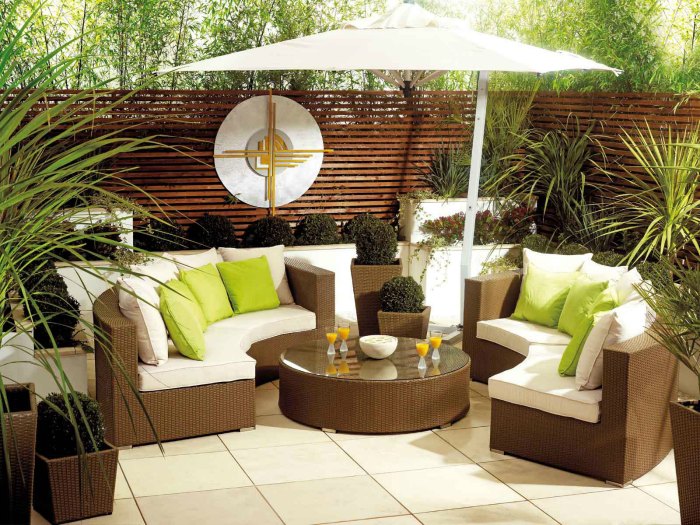If you’re one of those people who find pleasure drawing sound out of a wooden box with strings, then buying a new cello is a big event for you, especially if it’s your first time. But picking the right instrument is never a one-size-fits-all matter.
The cello is substantially larger than the violin and viola, so the player’s size must be considered. Due to changes in features like strings, wood types, and other components, even cellos of the same size may have diverse sounds. Both amateur and professional cellists have had difficulty finding the ideal fit due to issues with size, acoustics, projection, and comfort.
Important Buying Considerations Checklist

Before you take your music-playing aspirations to the next level with a beautifully crafted professional cello instrument designed from the finest tonewoods, there are some important factors to keep in mind when shopping.
A professional performer who is known to own a variety of instruments and bows personally could be also a valuable source of information. People who collect tend to be knowledgeable about what to look for, where to look, and what the going market rates for various instrument levels should be.
Material Quality
The sound and cost of the viola are both influenced by the instrument’s construction quality. Compared to the warmer and sweeter tones of the more expensive European timbers, cheaper woods from America and China typically sound brighter. More than the top spruce grain, the cello’s “flame,” or as some refer to it, “tiger stripe,” on the back, sides, and scroll influences the price.
A cello instrument with a lot of “flame” is highly sought after for its beauty and is typically more expensive. It also sounds better than an instrument with little to no “flame,” which is typically found on student instruments. The middle crease on the back of a well-made piece can be concealed by the flame. This is perhaps one of the easiest methods to determine the quality of workmanship.
The Size Affects the Sound
Cellos are available in a range of sizes, from 1/16 to 4/4 (full size). While most young musicians use instruments with a range of 1/8 to 1/2, most adults use 3/4 or 4/4 depending on their size. All in all, the bigger the piece, the more tone is produced by the instrument, making the cellist sound more mature.
The height of the ribs, the size of the upper bout, neck size, and string or scale length all contribute to how huge the instrument feels and how well it plays. At this point, comfort matters more than size in the sense that if a cellist struggles during the playing experience, she or he simply won’t play well. So, one of the first things to do is pick a size that you will be most comfortable with.
Player’s Levels

Different instruments are available for players at various stages of their learning curve. Many beginners practice on rented pieces until they are ready to buy one. There are three levels.
Student cellos for sale apply to newcomers. In the first stages of their cello studies, young students or players constantly focus on the fundamentals of playing, tone production, finger technique, bow technique, etc.
Therefore, the pegs and fingerboards, which are subject to more friction in these cellos are occasionally made of maple that has been coloured black to mimic ebony. To keep prices down while keeping tone consistency, student cellos are typically constructed by machines and they are very reasonably priced.
The sound of an intermediate cello, on the other hand, is likewise significantly better due to improved craftsmanship. More dynamics and more powerful projections are present. The majority of the instrument is handcrafted, while the pegs and fingerboards are made of ebony.
Professional cellos have a rich tone and a range of dynamics because they are made with the best wood and exhibit pure craftsmanship. These qualities are what make these masterpieces pricey.
Usually, the quality of a cello corresponds to the price that is paid for it. Extremely inexpensive cellos often have “unplayable” quality, whereas more expensive ones can better balance playability and sound quality. Of fact, cost is not necessarily a direct reflection of a product’s quality. The manufacturer also matters.
Details
Now that we have gone through the most important buying considerations, it’s time to take into account minor details that are major and can either make or break your shopping experience in general.
Response, resonance, tonality, and projectivity do matter as the cello has a mellow, deeper tone to its sound. Projections in particular are crucial since the cellist in an ensemble needs to ensure that she can be heard above the other instruments. All of these acoustic factors will have an impact on a player’s performance, thus it’s important to find the perfect cello for sale in person rather than online or to spend more money on a better instrument.
It’s great to get a strong C string, but don’t ignore the other strings. Make sure the sound quality of all four strings is consistent. Additionally, it appears that playing on shorter strings is more pleasant, yet longer strings can produce a slightly stronger power. Everything relies on the awards that the players receive. As performance may be impacted by the bow’s weight and quality, make sure to try out a few of them before purchasing.
Test the cellos with various bows, scales, rapid and slow sections, all strings in all registers, vibrato and no vibrato, and a variety of other musical techniques. Examine the tones of several instruments. Which has the best sound? Is moving around the fingerboard simple? Ask someone else to play it while you stand across the room and listen, if at all feasible maybe another cellist or a teacher in the shop.















